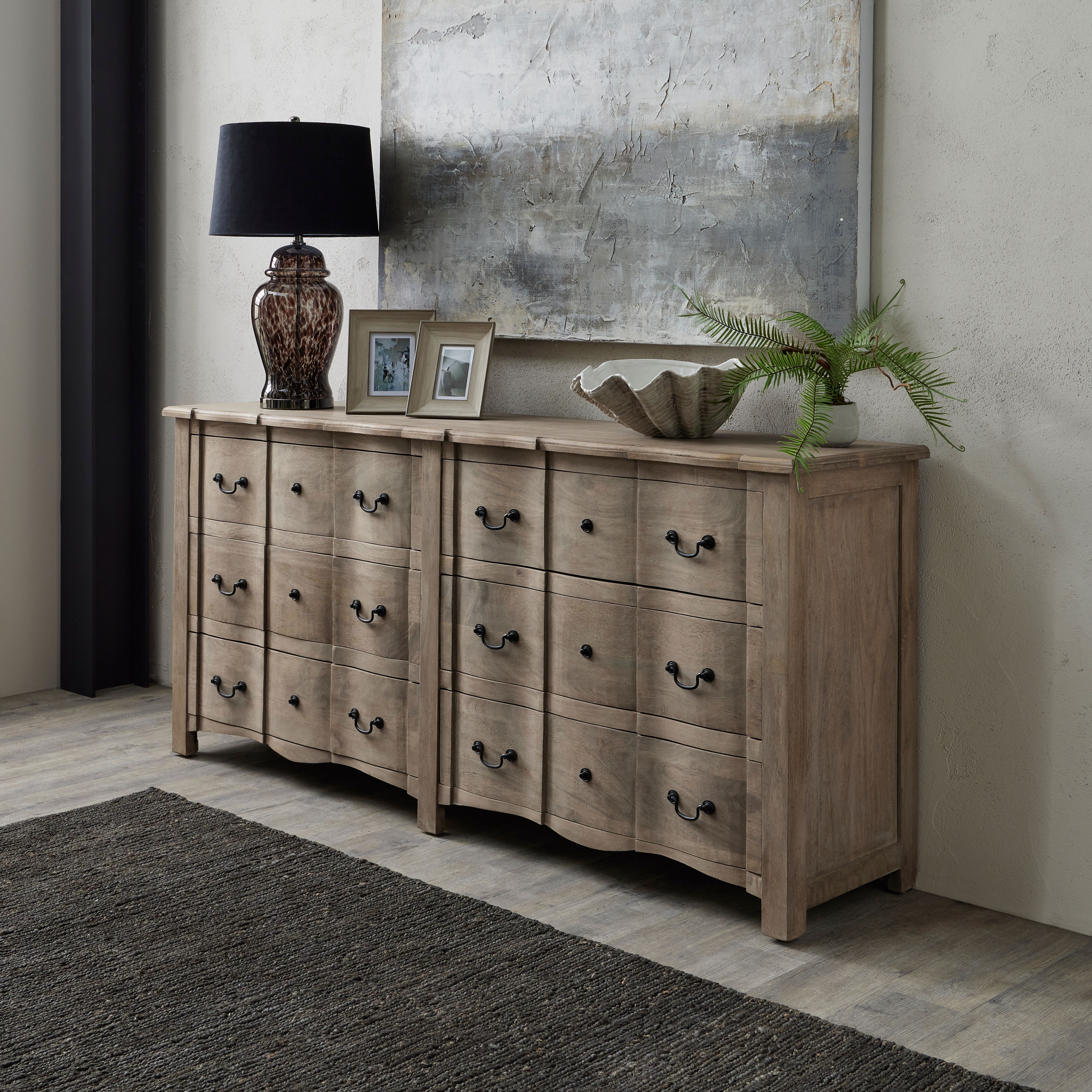Why the World Is Looking to British Furniture in 2025
)
In 2025, British furniture design stands at the intersection of heritage, innovation, and global opportunity. Long admired for its artistry and integrity, the UK’s furniture, furnishings, and flooring sector is setting the global pace in design, sustainability, and technological advancement.
According to the Furniture Industry Research Association’s Autumn 2025 Statistics Digest, the UK furniture sector is valued at £47.9 billion, employing more than 225,000 people nationwide and contributing £10.8 billion in manufacturing output. Exports rose 11% year-on-year, with particularly strong growth in the Middle East and North America, highlighting the sector’s expanding global influence. (FIRA, 2025)
 A Design Language the World Understands
A Design Language the World Understands
British design speaks a universal language of craftsmanship, creativity, and quiet confidence. From contemporary reinterpretations of mid-century classics to minimalist, eco-conscious interiors, the UK continues to inspire international buyers who value authenticity and originality.
Across the country, regional expertise gives this design identity its depth. Bristol’s reclaimed timber makers, Nottingham’s upholstery innovators, and Northern Ireland’s circular-design pioneers all contribute to a vibrant national story. British design is not defined by a single aesthetic but by a shared culture of makers, materials, and creative mastery.
At the January Furniture Show (JFS), this spirit comes to life. Exhibitors blend time-honoured craftsmanship with cutting-edge technology, from 3D modelling and modular systems to the principles of circular design. It is a celebration of evolution that feels both grounded and forward-looking.
Craftsmanship Meets Conscious Manufacturing
Today’s British manufacturers are proving that beauty and responsibility are compatible goals. Regenerated materials, low-carbon production, and longevity-based design now sit at the heart of modern manufacturing. The phrase “British-made” increasingly implies stewardship of resources, skills, and communities as much as style.
From reimagining the Windsor chair through augmented-reality modelling to developing biodegradable finishes, the UK’s furniture innovators are redefining what sustainable luxury means. As Jonathan M. Hindle, Chair of the British Furniture Confederation, explains in the Plan for Growth 2025:
“The world is looking to the UK for a new standard in sustainable craftsmanship – timeless design built for modern life.”
(British Furniture Confederation, Plan for Growth 2025)
Guiding much of this innovation is the BFC’s Plan for Growth 2025, structured around four key pillars: Skills and Education, Trade and Exports, Standards and Regulations, and the Circular Economy. The plan calls for greater government support for exporters, sustainable business incentives, and unified standards across UK design manufacturing. These measures aim to strengthen exports, remove regulatory barriers, and ensure the furniture, furnishings, and flooring (FFF) sector remains globally competitive and future-ready. (BFC, 2025)
Expanding Horizons
As international trade routes diversify, Britain’s outlook is broadening. The Asia-Pacific and Gulf Cooperation Council (GCC) markets are now among the fastest-growing destinations for British furniture, with rising demand for eco-luxury interiors and boutique hospitality design. (BFC, 2025)
Digitalisation is accelerating access and growth. Virtual showrooms, AI-enabled rendering, and digital sampling are enabling UK studios and manufacturers to connect with buyers worldwide. A Northumberland design studio can now present a full 3D collection to a client in Dubai or Singapore without leaving the workshop floor. Technology is opening doors once thought unreachable, allowing British furniture design to travel further, faster, and more sustainably.
The Moment to ConnectThe story of British furniture in 2025 is about more than products. It is about people, progress and a shared sense of purpose. Moments of connection matter, between manufacturers and retailers, designers and buyers, tradition and innovation. Those conversations are taking place at the January Furniture Show at the NEC Birmingham, and continuing far beyond it across global sourcing networks and creative partnerships that are shaping the future of design.
Quick Take: 3 Reasons Global Buyers Are Turning to British Furniture
-
Proven sustainability credentials rooted in material innovation (FIRA, 2025)
-
A design heritage fused with advanced manufacturing (BFC, 2025)
-
Expanding export markets driven by digital transformation (FIRA, 2025)
Credits & References
-
Source: British Furniture Confederation, Plan for Growth 2025 (February 2025) — available at britishfurnitureconfederation.org.uk.
-
Source: Furniture Industry Research Association, Statistics Digest Autumn 2025 — accessible at fira.co.uk.
-
Quote Attribution: Jonathan M. Hindle, FCSD — Foreword to BFC Plan for Growth 2025.
-
All market data cited should carry acknowledgment: “Data: Furniture Industry Research Association, Autumn 2025 Digest.”






